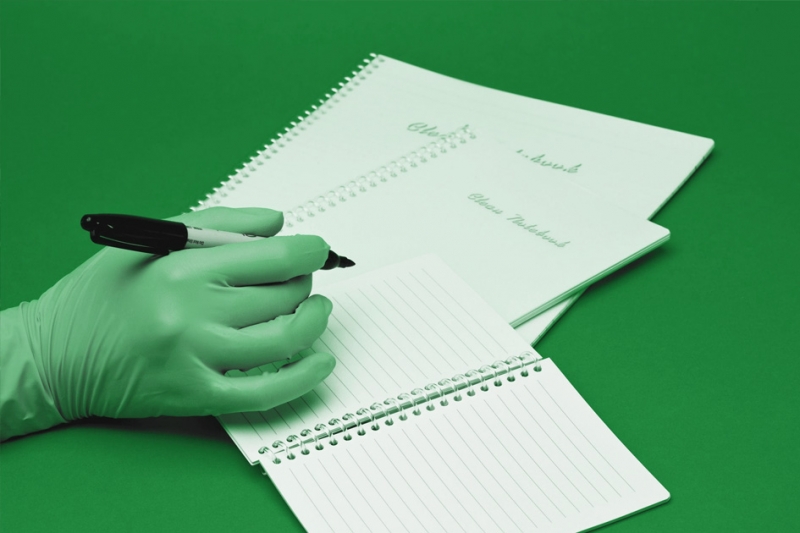What Makes Cleanroom Notebooks Special?
Cleanroom paper needs to meet two criteria: It needs to be usable in sterile environments without introducing contaminants into the air, while also able to be used functionally in a regular office environment. Notebooks that are being used tend not to stay in one place; they move around and get taken to different rooms, depending on where they are needed.
While most people don’t realize it, bringing regular paper into a cleanroom environment is one of the easiest ways to contaminate it and de-sterilize the area. Regular paper is made of cellulose, or wood pulp and fibers, which gives off a large number of particles into the air. Though these particles are invisible to the naked eye, they are more than enough to compromise a cleanroom. The more a piece of paper is used, the more particulates it gives off.
Despite the dangers of bringing paper into a cleanroom, most people who work in one need something to write on. Since cleanrooms are often the site of experiments, product tests, and experimental development, it is essential for cleanroom workers to be able to record their thoughts and the results of their work in a convenient, timely manner. As such, specially-formulated cleanroom paper is an essential part of every cleanroom environment.
Unlike regular paper, cleanroom paper is made from special low particulate filler and latex-coated fiber. Whereas paper made from cellulose particulates very heavily with use, this specially treated cleanroom paper is designed to give off as few particulates as possible, allowing it to be used safely in sterile spaces.











